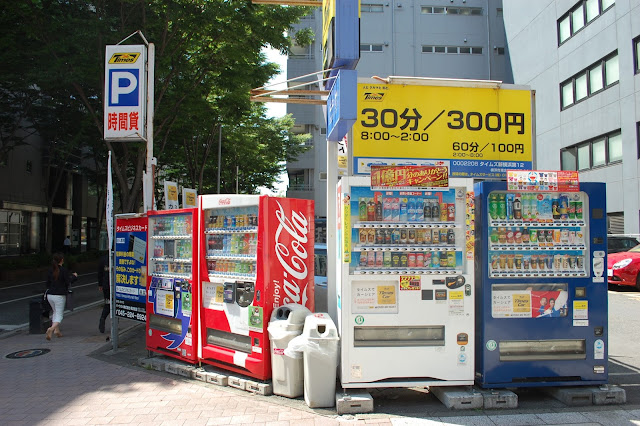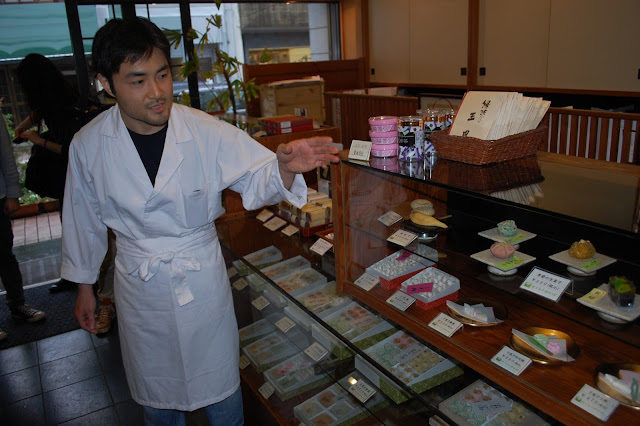During my visit, I have experienced many difference things that I wish we had here in America. Most of them would be culturally. I've seen that most of the cities in the Far East embrace their culture and that we tend to forget about it. If a building in Taiwan or Japan has some significant historical value, they would maintain it. But here, would would just look at it as "missing value" thinking that if we tear it down, we can build something that can make money.
The balance between historical culture and booming corporate life in both countries was amazing to me. As I mentioned before, allot of countries have a problem with that balance but Japan and Taiwan didn't.
Another thing that I liked was the transportation infrastructure. In Taiwan to have all the drivers share the road with scooter riders and have equal amount of respect for each while driving impressed me. And in Japan, their highway system seemed to be structured in a way that I didn't see any real backup or delayed traffic even during rush hour. And riding train in both countries was actually fun. A little crowded but fun.
There were many things that I notice in both countries that I feel that it be difficult of have here in America. One being the vending machines practically on every corner. I personally enjoyed purchasing items from vending machines and I find them very convenient. But it's not the vending machines themselves, it's the items that are in it. What are these items in these machines? Soft drinks, water, energy drinks, coffee drinks, tea and beer.
That's right, beer. These unsupervised vending machines usually have two or three different types of beer in their machines. Purchasing a beer from a machine and walking down the street drinking it didn't seem to be a problem. It seemed to me that, unlike our culture in America, young adults under 21 are not very interested in purchasing alcoholic beverages. Unlike here in the US, if an under-aged person is capable to get beer or liquor for their friends, it raises their status among them. I didn't see that in Taiwan or Japan among the students. Some young people here in American would say, "Oh, they don't know how to have fun." Which is not the case. They just don't see the need to have alcohol to have a good time. If we were to have this in America, young adults and even kids would probably end up purchasing all the alcoholic beverages, getting drunk, and more than likely, loitering, getting into trouble and/or starting fights.
Another thing I really liked about their culture and way of life is the way the people of Taiwan and Japan recycle. We here in America are still trying to get at least 50% of our population to recycle where much of the population of both countries do recycle. In fact, since the inception of the Law for the Promotion of Sorted Collection and Recycling of Containers and Packaging (1997), Japan has the highest recycling levels of any country.
This is particularly very useful in many fast-food restaurants in both countries. One place for paper products, one for plastics and a funnel to discard ice and leftover drinks. I think this a great idea for fast food restaurants who want to recycle. One problem: getting individuals to comply.
I honestly could see myself working and living in either country. The companies, the educational institutions, great people, the rich culture and vast history was truly a delight. For a moment or two, I wasn't going to take this trip but now that I have experienced it, I'm glad that I did. I feel that taking this trip and seeing the people in both countries gave me more respect for them, their history, their mannerisms and their way of living.




































































